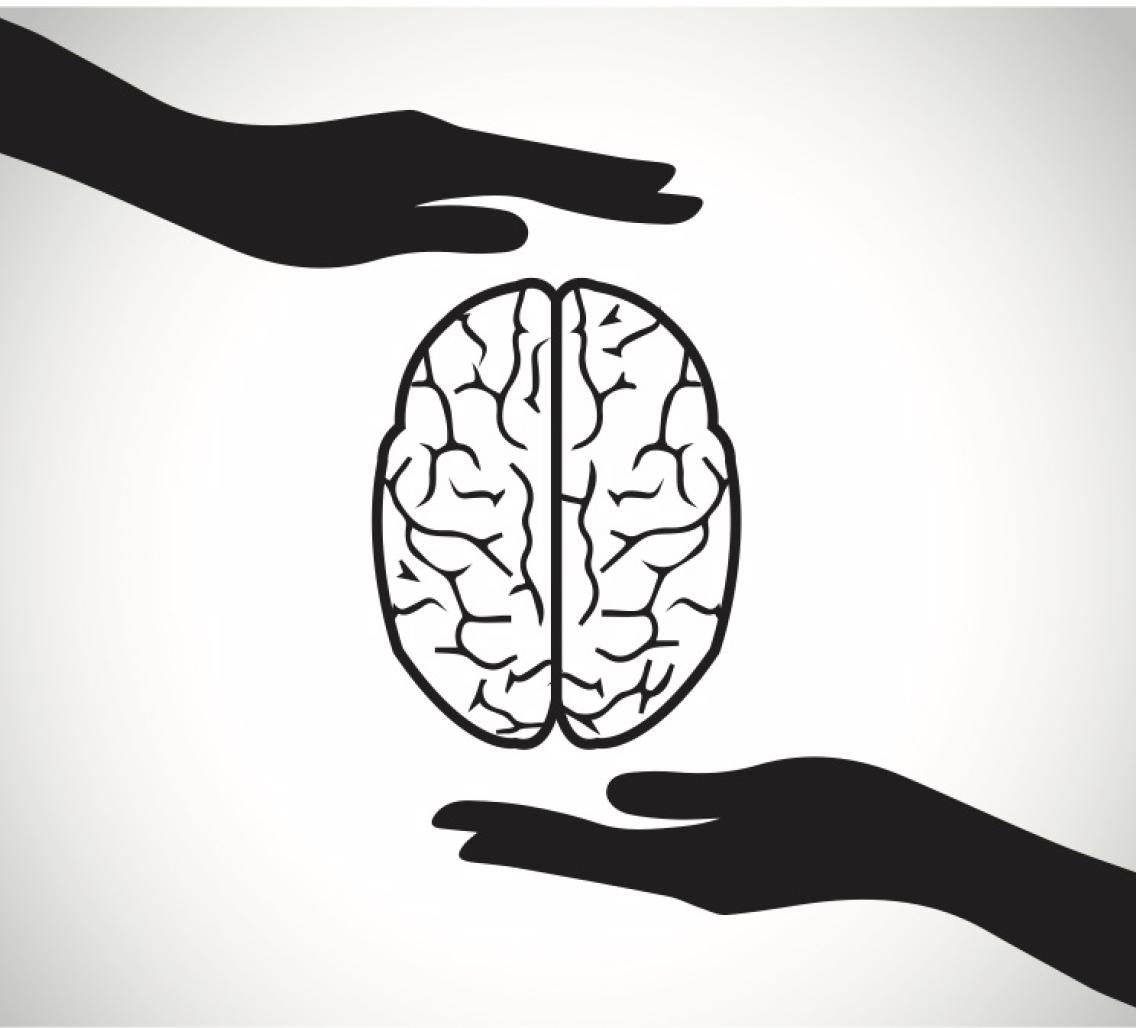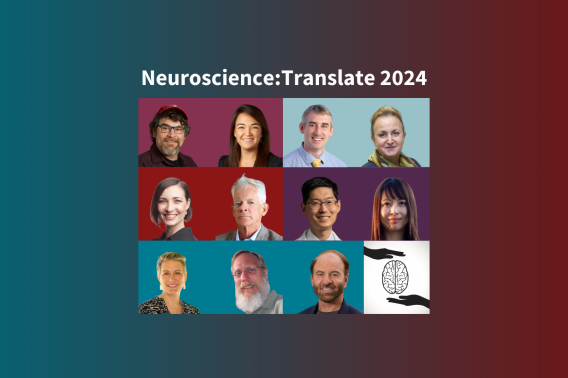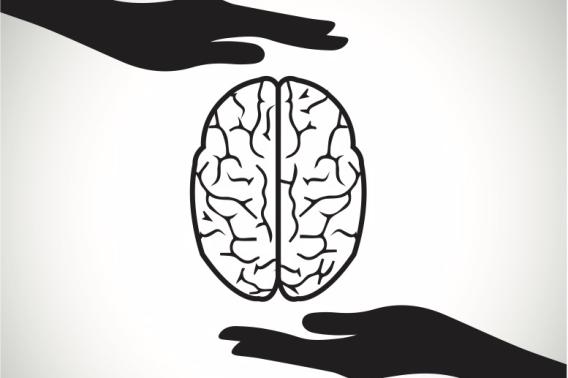Translating neuroscience advances to real-world uses

Encouraging collaboration between scientists from various disciplines, the Neuroscience:Translate grant program provides teams of cross-disciplinary researchers with the opportunity to turn their research insights into practical solutions for real healthcare needs.
In its fifth year, the program awarded proposals up to $125,000 in pursuit of bringing Stanford's breakthrough research discoveries into the real world. These awards could lead to advancements in the form of medical devices, updated procedures, novel therapies, digital healthcare, and more.
This year’s Neuroscience:Translate grants include a device that removes blood clots after stroke, the first wearable ultrasound device for inflammatory diseases, an electronic retinal implant to reverse blindness, and novel therapeutics for Parkinson’s disease. Awardees came from a variety of disciplines, including the Schools of Medicine, Engineering, and Humanities and Sciences.
“We're thrilled to recognize this year's Neuroscience:Translate awardees, who are taking innovative approaches to solving major health challenges. With the proper encouragement and resources, these researchers can transform their novel ideas into technologies that can positively impact human health,” said Allison Okamura, Richard W. Weiland Professor in the School of Engineering and professor of mechanical engineering.
The Wu Tsai Neurosciences Institute and Stanford Byers Center for Biodesign have awarded Neuroscience:Translate grants annually since 2019. The program also offers guidance from mentors on the Neuroscience:Translate oversight committee, who share strategic advice and connections to help advance winning teams’ discoveries from the lab to the clinic.
Since the development of medical technologies can take extensive time and resources before they can be used by clinicians and patients, this program aims to help accelerate the process of bringing research from the lab into reality. By connecting awardees with companies and investors interested in commercializing their research, Neuro:Translate grant recipients can bring their discoveries to patients more quickly.
"The Neuroscience:Translate program is intended to shorten the feedback loop between innovative ideas coming out of Stanford research labs and their path to practical applications for patients," said Gordon Saul, the executive director of Stanford Byers Center for Biodesign.
Past projects that have come through the program are making significant progress into clinical trials to advance patient care, Saul says. (Learn more about past Neuroscience:Translate projects).
“Stanford is a marvelous place that allows for brilliant engineers like Dr. Renee Zhao and her team to work closely with physician scientists like me to develop new technology that advances patient care,” said Jeremy Heit MD, a member of a team selected for this grant for their work on a device that removes blood clots after stroke. “Caring for patients with acute ischemic stroke is one of the most satisfying parts of my job as a neurointerventionalist. The work being funded by this Neuroscience:Translate grant will help us to improve my patients’ lives.”
Funded Projects
New Thrombectomy Device for Endovascular Neurosurgery
- Renee Zhao, Department of Mechanical Engineering
- Jeremy Heit, Department of Radiology and Neurosurgery
This team will use their Neuroscience:Translate award to develop an entirely new class of ischemic stroke treatment device that will lead to improved clot extraction to improve the success of endovascular thrombectomy.
Development of an Ultrasound Neuromodulation Therapy to Treat Rheumatoid Arthritis
- Robert Fairchild, Department of Medicine, Immunology and Rheumatology
- Kim Butts Pauly, Department of Radiology, Electrical Engineering and Bioengineering
- Nishant Doctor, Department of Medicine
- Alexander Sackeim, Department of Emergency Medicine
This team will use their Neuroscience:Translate award to develop the first wearable ultrasound (US) device for the treatment of inflammatory diseases, such as Rheumatoid Arthritis (RA)and Inflammatory Bowel Disease.
High-Fidelity Artificial Retina for Vision Restoration
- E.J. Chichilnisky, Department of Neurosurgery, Ophthalmology, and Electrical Engineering
- Ruwan Silva, Department of Ophthalmology
- Martin Breidenbach, Department of Particle Physics & Astrophysics, Emeritus
This team will use their Neuroscience:Translate award to develop a large-scale bi-directional neural interface that will restore high-fidelity vision to people blinded by retinal degeneration.
Programmable RNA editing in Parkinson’s disease therapy
- Jin Billy Li, Department of Genetics
- Birgitt Schuele, Department of Pathology
- Rohini Datta, Department of Genetics
- Faria Zafar, Department of Pathology
This team will use their Neuroscience:Translate award to employ a novel therapeutic technique to correct pathogenic mutations causing Parkinson’s disease.

